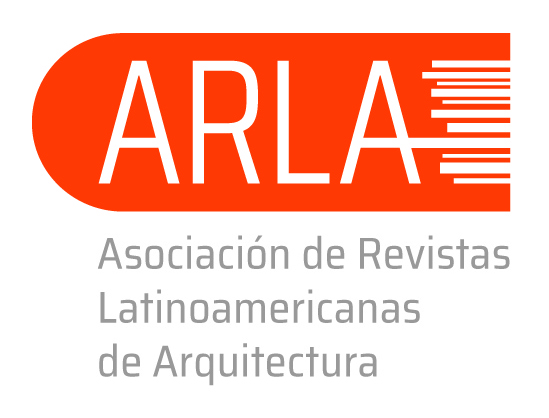Graphic representation of temporality in vegetation species manuals
DOI:
https://doi.org/10.14409/ar.v11i19.10174Keywords:
coding; graphic expression; manuals; landscape; projectAbstract
Whether we are talking about a landscape, architecture or urban planning project, plants are one of the main components in the design of outdoor spaces. The incorporation of plants in a proposal implies projecting with a living material, whose morphology and appearance change substantially over time. This article presents a research project that analyzes the graphics used in a series of popular publications or manuals on plant species. These publications were mainly aimed at architects and were made by the Design Institute (IDD) of the Faculty of Architecture (FADU) between 1963 and 1993. For this, the way in which the graphic resources adopted in the illustrations of different plant species allow the time dimension to be considered.
Published
How to Cite
Issue
Section
License
ACCESO ABIERTO
ARQUISUR Revista es una publicación de acceso abierto y sin ánimo de lucro. No se imputan cargos por la recepción, revisión, evaluación, publicación ni acceso a sus contenidos. Se distribuye bajo una Licencia Creative Commons CC Atribución-NoComercial-SinDerivadas 4.0 Internacional (CC BY-NC-ND 4.0): No se permite un uso comercial de la obra original ni la generación de obras derivadas. Esta licencia no es una licencia libre, y es la más cercana al derecho de autor tradicional.
DESCARGO
Los criterios expuestos en los artículos son de exclusiva responsabilidad de sus autores y no reflejan necesariamente la opinión del Comité Editorial ni de la Dirección Editorial Técnica. Los derechos de los artículos publicados pertenecen a sus autores o editoriales. Los autores ceden sus derechos de publicación al Centro de Ediciones de la Universidad Nacional del Litoral de Santa Fe, Argentina.














